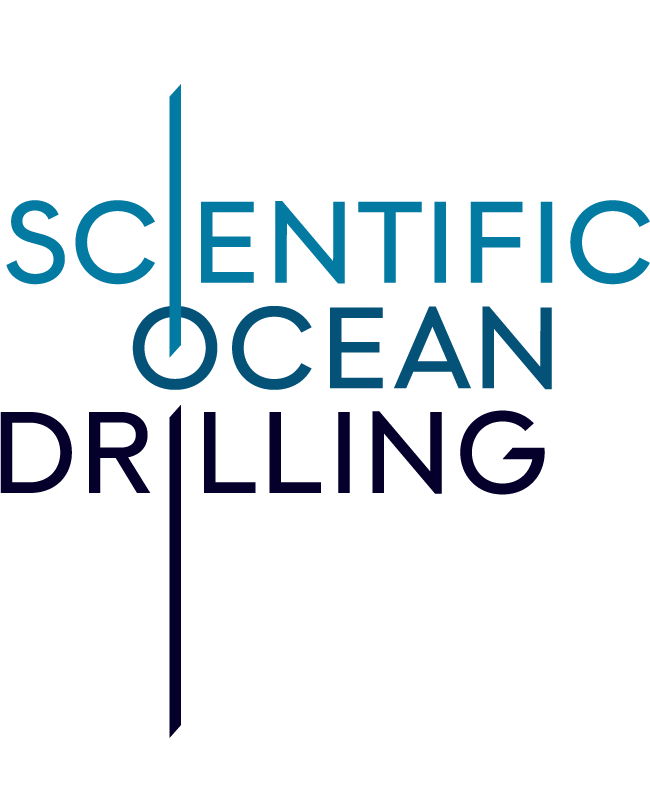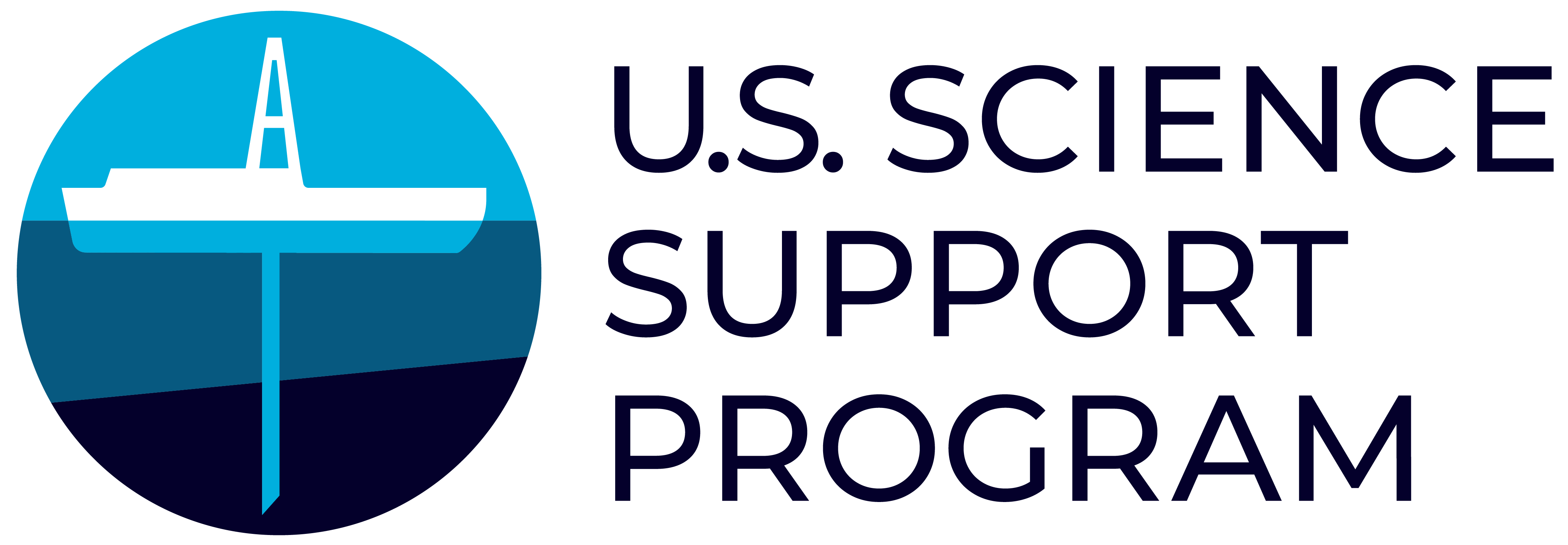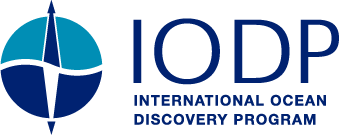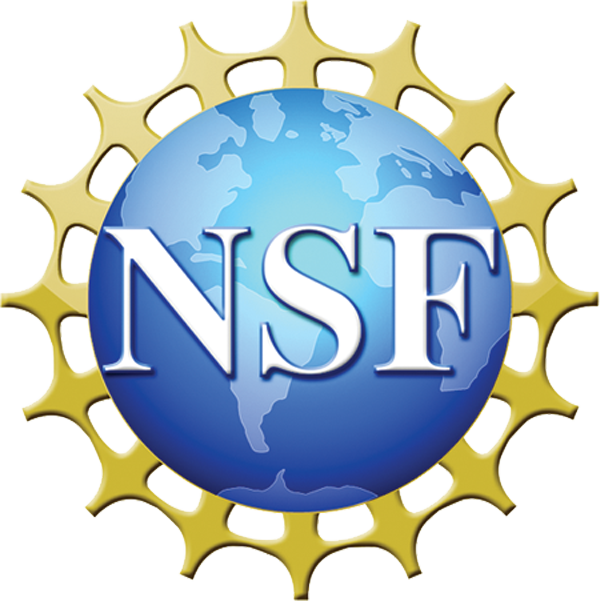APPLY TO SAIL: EXPEDITION 389 HAWAIIAN DROWNED REEFS
SPECIAL CALL: The International Ocean Discovery Program (IODP) is seeking carbonate sedimentologists with special expertise in crustose coralline algal taxonomy to apply for the onshore phase of Expedition 389 (February 6-26, 2024) in Bremen, Germany. The deadline for U.S.-based scientists to apply for this special call is December 15, 2023.
The International Ocean Discovery Program (IODP) is now accepting applications for scientific participants on the onshore phase of Expedition 389 Hawaiian Drowned Reefs.
The overall goal of the Expedition 389 drilling campaign is to sample a unique succession of drowned coral reefs around Hawaii now at -134 to -1155 m below sea level. As a direct result of Hawaii’s rapid (2.5- 2.6/kyr) but nearly constant subsidence, a thick (100-200 m) expanded sequence of shallow coral reef dominated facies is preserved within the reefs. These reefs span important periods in Earth climate history, either not available or highly condensed on stable (Great Barrier Reef, Tahiti) and uplifted margins (Papua New Guinea, Barbados) due to a lack of accommodation space and/or unfavorable shelf morphology. Specifically, these data show that the reefs grew (for ~90-100 kyrs, albeit episodically) into, during and out of the majority of the last five to six glacial cycles. Therefore, scientific drilling through these reefs will generate a new record of sea-level and associated climate variability during several controversial and poorly understood periods over the last 500 kyr.
The project has four major objectives:
1) To define the nature of sea level-change in the central Pacific over the last 500 kyr, we will construct a new, more complete sea level curve from the drowned Hawaiian reefs that will allow: a) more detailed testing of Milankovitch climate theory predictions and; b) improved constraints on millennial-scale sea-level changes over the last 500 kyr.
2) To identify critical processes that determine paleoclimate variability of the central Pacific over the last 500 kyr, we will: (a) reconstruct the mean and seasonal/interannual climate variability from massive coral samples; and (b) use these records to investigate how high latitude climate (e.g., ice sheet volume), pCO2, and seasonal solar radiation impact subtropical Pacific climate. This approach can be used to test theoretical predictions of climate response and sensitivity to changes in boundary conditions and climate forcing.
3) To establish the geologic and biologic response of coral reef systems to abrupt sea-level and climate changes, we will: (a) establish the detailed stratigraphic and geomorphic evolution of the reefs in response to these changes; (b) test ecologic theories about coral reef resilience and vulnerability to extreme, repeated environmental stress over interglacial/glacial to millennial time scales; and (c) establish the nature of living and ancient microbial communities in the reefs and their role in reef building.
4) To elucidate the subsidence and volcanic history of Hawaii, we will: (a) refine the variation through space and time of the subsidence of Hawaii, and; (b) improve the understanding of the volcanic evolution of the island.
The proposal upon which this expedition is based describes the primary drill sites and can be found on the ECORD Expedition 389 webpage, along with up-to-date expedition information. Expedition information can also be found in an ECORD Newsletter science article by Co-Chief Scientists, Prof. Jody Webster (University of Sydney, Australia) and Prof. Ana Christina Ravelo (University of California, Santa Cruz, USA), and others.
The expedition is seeking a carbonate sedimentologist with special expertise in crustose coralline algal taxonomy. Extensive skills and experience in the analysis and the paleoenvironmental interpretation of coralline algae in Quaternary fossil coral reef deposits across the Indo-Pacific, including Hawaii, is necessary. This scientist will oversee the analysis of the coralline algal deposits throughout the Exp. 389 cores, contributing to the paleo-ecologic and stratigraphic objectives, while also providing precise paleowater depths for the reconstruction of past sea level changes.
We encourage applications from all qualified scientists. IODP and the U.S. Science Support Program (USSSP) are committed to a policy of broad participation and inclusion, and to providing and safe, productive, and welcoming environment for all program participants.
U.S.-affiliated scientists interested in participating in this expedition should apply to sail through the U.S. Science Support Program. Visit USSSP’s Apply to Sail webpage to review the application process and link to the USSSP Application Portal. The deadline to apply is December 15,2023.
For questions, please email usssp@ldeo.columbia.edu.






